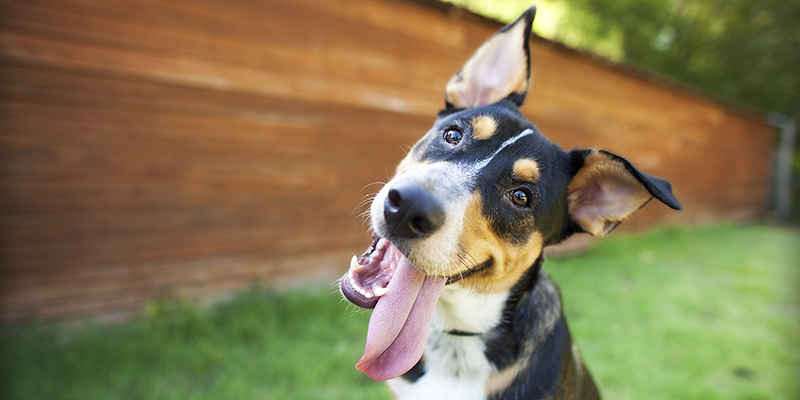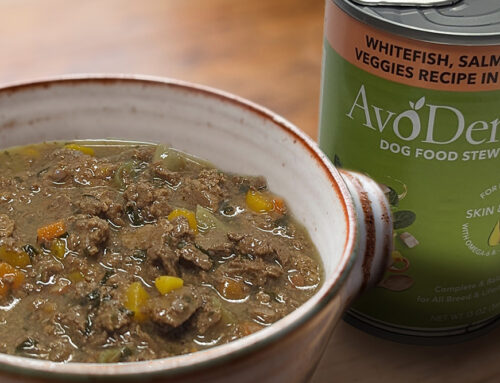Bright eyes, a wagging tail, and a boundless enthusiasm for life are just some of the signs of a happy, healthy dog. But did you know that your dog’s skin and coat can also provide a window into his health and happiness? Let’s explore what they can tell you about how he’s feeling.
The Characteristics of a Healthy Coat
Dog coat types are as widely different as dogs themselves. The types and textures of dog fur — long-haired, short haired and wire-haired — vary among breeds, but the characteristics that define a healthy coat are generally the same. Central to all types are vibrancy and a radiant bloom (an overall appearance of good health and coat quality)In addition to the visible characteristics, the coat should “feel” healthy:
- The thick, fluffy softness of an Australian Shepherd
- The cloud-like quality of a long-haired Chihuahua
- The sleek, uniform smoothness of a Whippet
An unhealthy coat may lack gloss and shine, or seem faded, limp and dry; less vibrant than usual.
Warning Signs
You know your dog better than anyone, so it’s easy to recognize what’s “normal” in terms of his skin and coat condition. Healthy skin is clean, free of dandruff and “flea dirt”1 (small black specks interspersed throughout the coat), and not particularly oily. But subtle changes aren’t always immediately noticeable.
Keep an eye open for:
- Excessive itchiness and scratching
- Bald patches
- Redness or scabs
- Lumps or bumps
- Signs of the presence of fleas
If you notice any of these warning signs, contact your veterinarian for an evaluation and to determine what type of treatment is needed.2
Ways to Promote Skin and Coat Health
The overall health and condition of your pet’s skin and coat actually depend on several factors, both internal and external, including allergens (food and/or environmental), infection, external parasites and stress.To solve allergen-related issues, you must take steps to identify and eliminate the offending allergen. Parasites and infections will require a treatment plan designed by a vet. If it is determined that stress is the source of your dog’s skin or coat problems, do what you can to minimize the anxiety in his life and increase the amount of time you spend interacting with him each day.
Regular grooming is, of course, a key component to achieving premium coat health. Grooming frequency depends on your dog’s breed and his type of fur; a dog groomer can help determine an appropriate schedule that balances periodic professional grooming appointments with more frequent at-home sessions.
An occasional bath can be an effective way to maintain cleanliness and promote healthy skin and coat condition for your dog, but frequent bathing removes natural oils and can lead to dry skin. Your veterinarian can help you determine an appropriate bathing schedule.
But skin and coat health starts on the inside, with diet and nutrition. Important nutrients — including vitamins A and E, protein, and essential fatty acids3 — provide the necessary foundation to support optimum skin and coat health. When your pet’s diet is lacking in a specific area, or if a food allergen is involved, diminished coat quality may result.
If you ensure that your dog’s diet contains high-quality ingredients and the necessary nutrients for skin and coat health, adhere to a regular grooming schedule and watch for warning signs, you’ll keep your dog on the path to a happy, healthy lifestyle—and keep him looking his furry best!
SOURCES:
- “A Healthy Dog,” American Kennel Club, October 2015
- “Dog Grooming Tips,” American Society for the Prevention of Cruelty to Animals [undated]
- “AvoDerm Skin and Coat Care ,” Central Garden & Pet Company, 2015





